MEAL OPTIONS FOR MAINTAINING BLOOD SUGAR LEVELS IN THE WILD
It was March 30, and three days into an eight-day backpacking trip that had so far kept my teenaged nephew, Josh, and I saturated under cold rains that just never stopped, not even for a minute.
The monsoon was punctuated by lightning that could actually blind you for a few seconds if you were looking where it flashed, with howling winds, and occasional large trees – some ripped up by their roots – that shook the earth when they fell. We’d just rolled out of our sleeping bags to another cold, gray morning of pounding raindrops that dampened our enthusiasm for exploration as much as it did our clothing.
Spring rains are cold at the Straits of Mackinac, and, in real life, there was just no way we could stay dry in such a prolonged drenching. I’d rebuilt last night’s campfire from banked coals, and prepared to make a hot breakfast while Josh stood with his back to the flames, warming one side while the other was pummeled by falling water. Suddenly the boy’s eyes rolled back in his head and he sat down hard on the hill of red coals that kept our fire hot enough to burn in this downpour. I watched horrified as his right hand, shielded only by a soaked fleece glove, disappeared beneath that crimson inferno.
“I watched horrified as his right hand, shielded only by a soaked fleece glove, disappeared beneath that crimson inferno.”
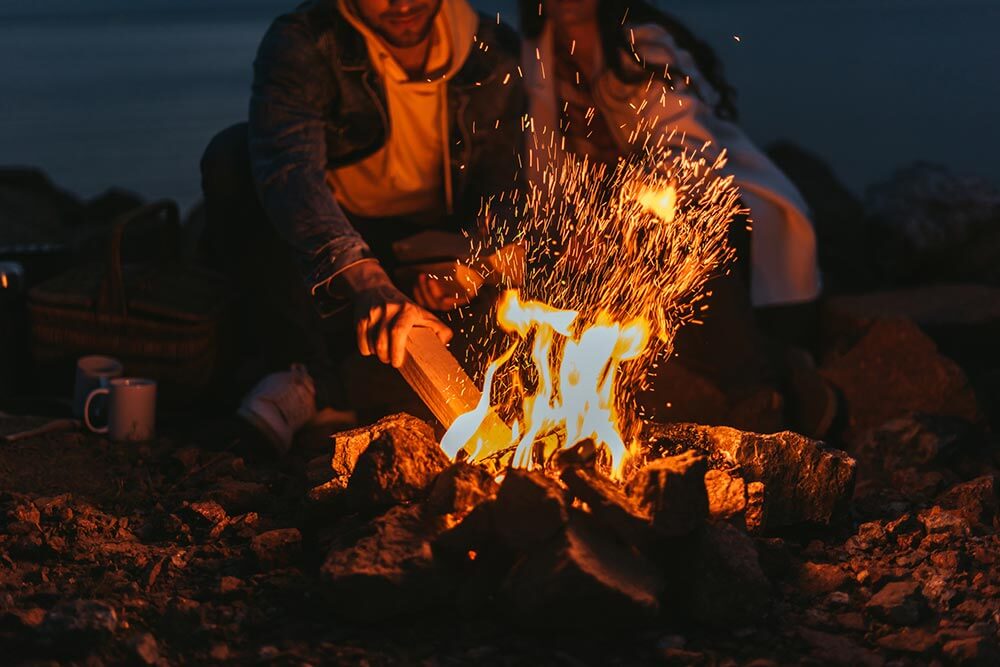
Dreamstime.com photo
Time braked to a crawl, and before that blazing heat could penetrate his sodden clothing and gloves (I’m thankful his hands had been cold), I’d somehow yanked the linebacker-sized teenager back onto his feet. The jolt brought Josh mostly to his senses with no harm done, except for the decade of life it cost his poor old uncle, and I steered him to sit on a downed log while I inspected his injuries. Almost miraculously, he hadn’t suffered a single burn. We were very lucky; at top speed, I couldn’t have returned with medical help in less than four hours.
EXTINGUISHED
It didn’t take a medical degree to know why my nephew had fainted. I’d seen and experienced the same thing too many times not to recognize the symptoms of severe hypoglycemia, an often debilitating drop in blood sugar common among backpackers and, especially, snowshoers in cold weather.
The American Medical Association, among other sources, reports that Americans are well fed, and we are not accustomed to drawing from fat reserves when ready energy in the bloodstream becomes depleted. Combine heavy exertion with cold weather that forces the metabolic furnaces to run full-steam, and a body can experience a kind of shock as it attempts to transition between fuels.
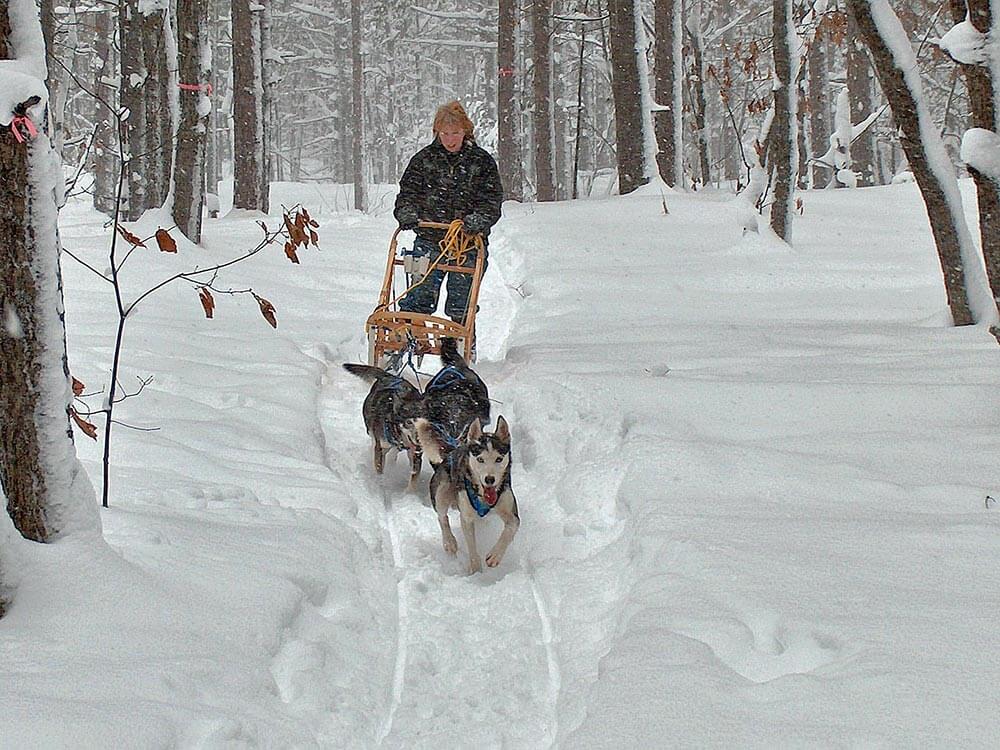
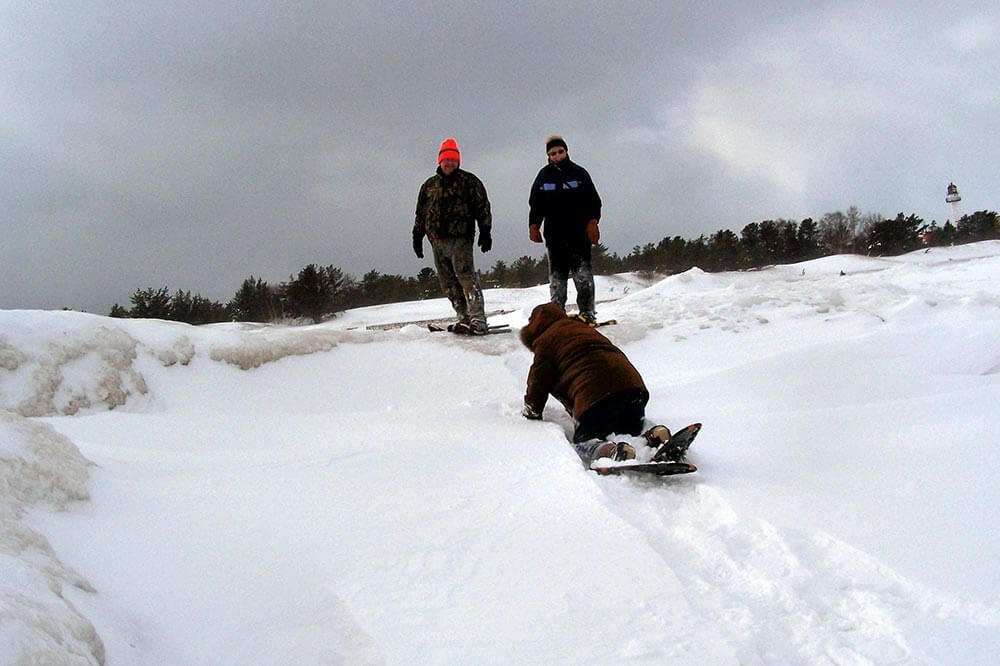
To conserve energy for vital organs, the brain begins powering down bodily systems to conserve energy, including mental faculties, with symptoms that can range from general fatigue, chills, nausea, and depression to outright fainting. Marathon runners call it “hitting the wall.”
In a prolonged survival situation, these unpleasant symptoms pass as a body adapts to burning its own fat reserves, but for weekend campers, the logical solution is to simply replenish depleted blood sugars. In my nephew’s case, I started by getting a mug of hot chocolate into his belly, which relieved his fatigue and disorientation within minutes.
“Like dry pine in a woodstove, simple sugars burn fast and hot, but an active outdoorsman needs the dietary equivalent of hardwood logs.”
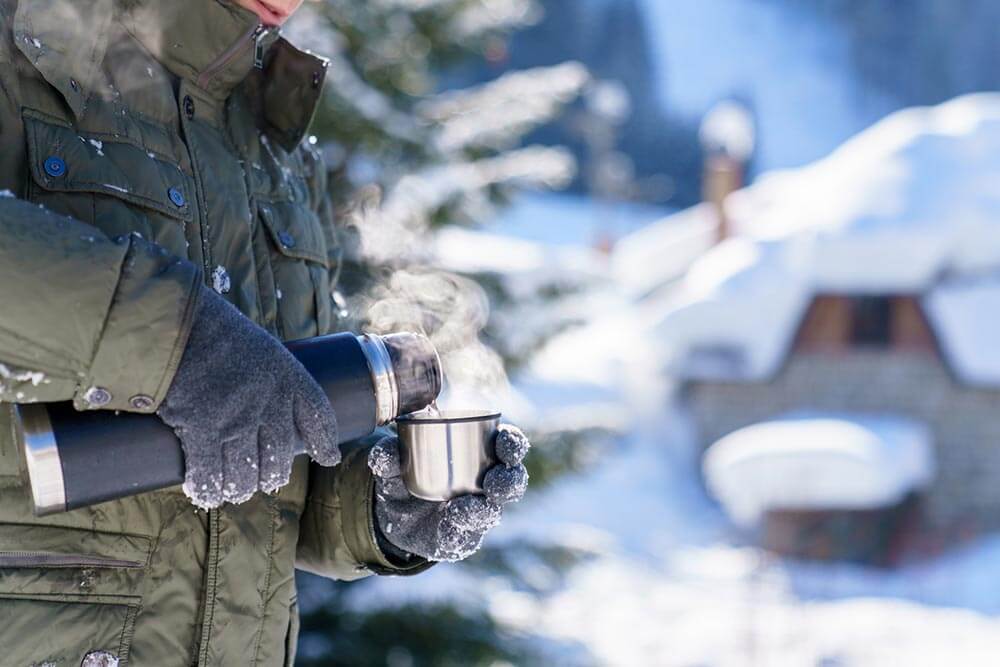
Maryna Andriichenko / Dreamstime.com photo
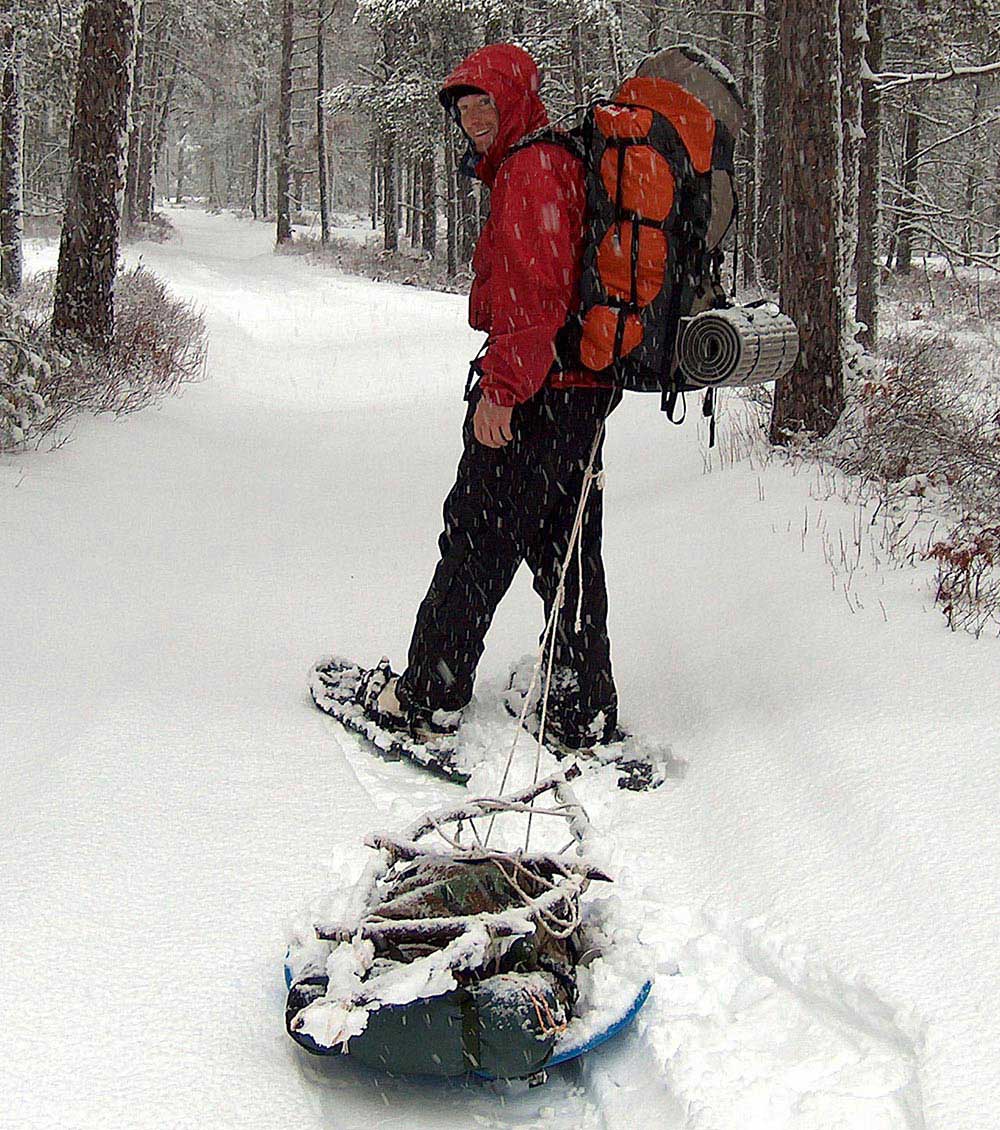
But the energy rush provided by simple sugars is a just a quick fix; the lasting remedy is to give your body the fuel it needs to function normally during periods of extraordinary activity. Like dry pine in a woodstove, simple sugars burn fast and hot, but an active outdoorsman needs the dietary equivalent of hardwood logs. Foods that contain many calories, but in a form that will be absorbed more slowly and steadily in a time-release effect, are the best choices. A number of foods that meet those criteria can be found on a supermarket shelf, and because many are also lightweight and inexpensive, they make great trail fare.
FUEL FOR THE FIRE
Rice is the original dehydrated backpacking food; highly nutritious by itself, this water grain is the basis for a variety of meals. A breakfast of rice with dried fruits or fresh berries has been a staple in my camp since childhood. Rice mixed with trout, squirrel, grouse – any type of meat – and flavored with powdered cheese and available wild vegetables is a great slow-burning, high-energy dinner that will help to keep you warm during sleep. Two pounds of rice retails in grocery stores for less than $2, and will feed an active backpacker for a week – or more if you augment it with wild foods.
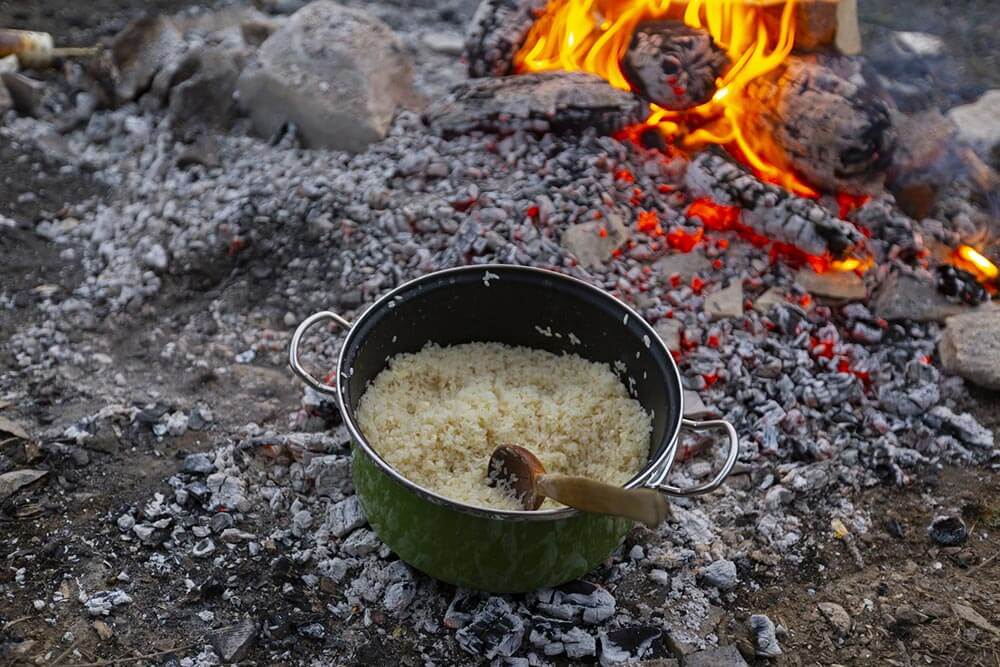
Samet Guler / Dreamstime.com photo
Hot breakfasts designed for the fast pace of an urban career lend themselves well to tent camping. Instant oatmeal is an old standby, but there are numerous flavored hot cereals on your grocer’s shelves, and some are pretty good. Packaged in airtight, single-serving envelopes (half-servings for most campers), instant cereals have remained fresh after two years in a backpack, and they neither weigh nor cost much.
Pasta is terrific food for anyone who spends whole days outside in cold weather. A single box of mac-and-cheese will fill the bellies of two hungry men and sells for $1 or less. Like with rice, you could survive on pasta alone, but it, too, can be augmented with summer sausage, fish, game and wild vegetables. And even fish can’t resist mac-and-cheese. Anglers who run low on bait have had good results with sliding a cooked macaroni over their hooks, especially against catfish and panfish, but a few brook trout, too.
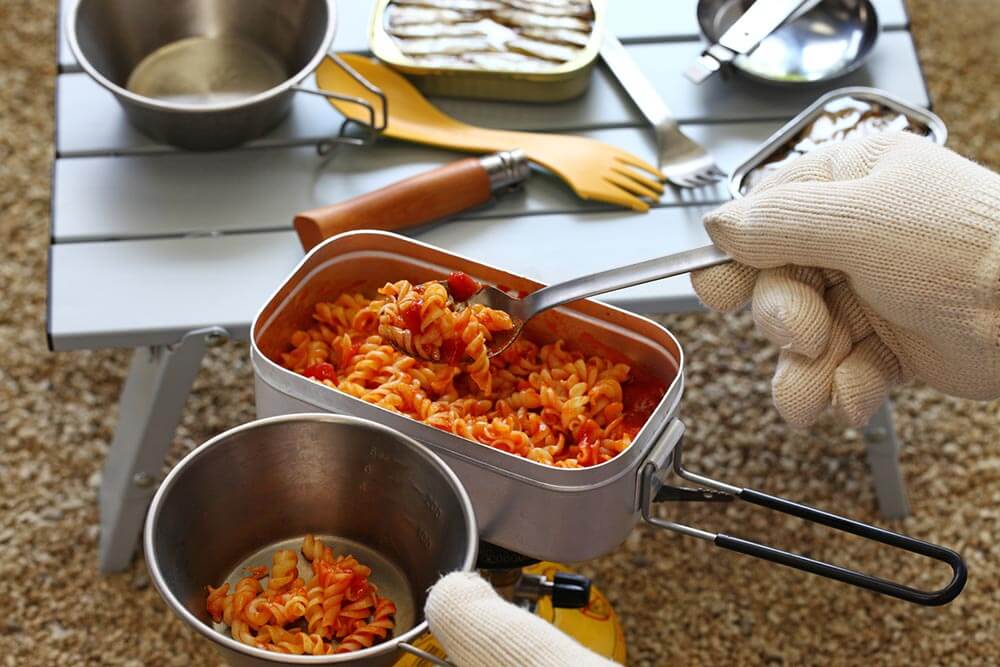
Dreamstime.com photo
There are also many flavors of dehydrated real potatoes on your grocer’s shelves. For about $2, you can have a nutritious, palatable meal of scalloped or au gratin – even hashbrown – potatoes that will feed two hungry people by themselves. While not marketed for campers, all of these reconstitute with water over a low fire or camp stove as well as they do on a kitchen range. Note, however, that most are sold in cardboard boxes, which should be discarded, and their contents placed in a zipper-lock bag to prevent absorption of moisture.
Campers can find a plethora of camping beverages on their grocer’s shelves, too. Instant coffee is a must for caffeine addicts, but hot cocoa in watertight envelopes is always a favorite. Tang, the orange drink that went to the moon, can be good, too, but don’t overlook that old classic, Instant Kool-Aid, especially if your crew includes kids. Backcountry packers hauling heavy loads over long distances also might opt for an electrolyte-replacing drink like Gatorade to keep mineral levels high during periods of exertion and perspiration.
THE LAST FEW MORSELS
If cooking isn’t feasible, consider a self-heating meal. Available in a variety of recipes, from lasagna to goulash, these precooked meals heat in their own boxes using a saltwater-activated chemical heating pad, and they actually taste good. Retail is about $8 per serving.
To completely fill nutritional needs that might be missed through eating, multi-day campers should take a quality multivitamin every day. To maximize absorbency, chew the vitamin as thoroughly as you can stand before washing it down, because rather disgusting studies show that even some premium-priced supplements pass through the digestive tract mostly undissolved.
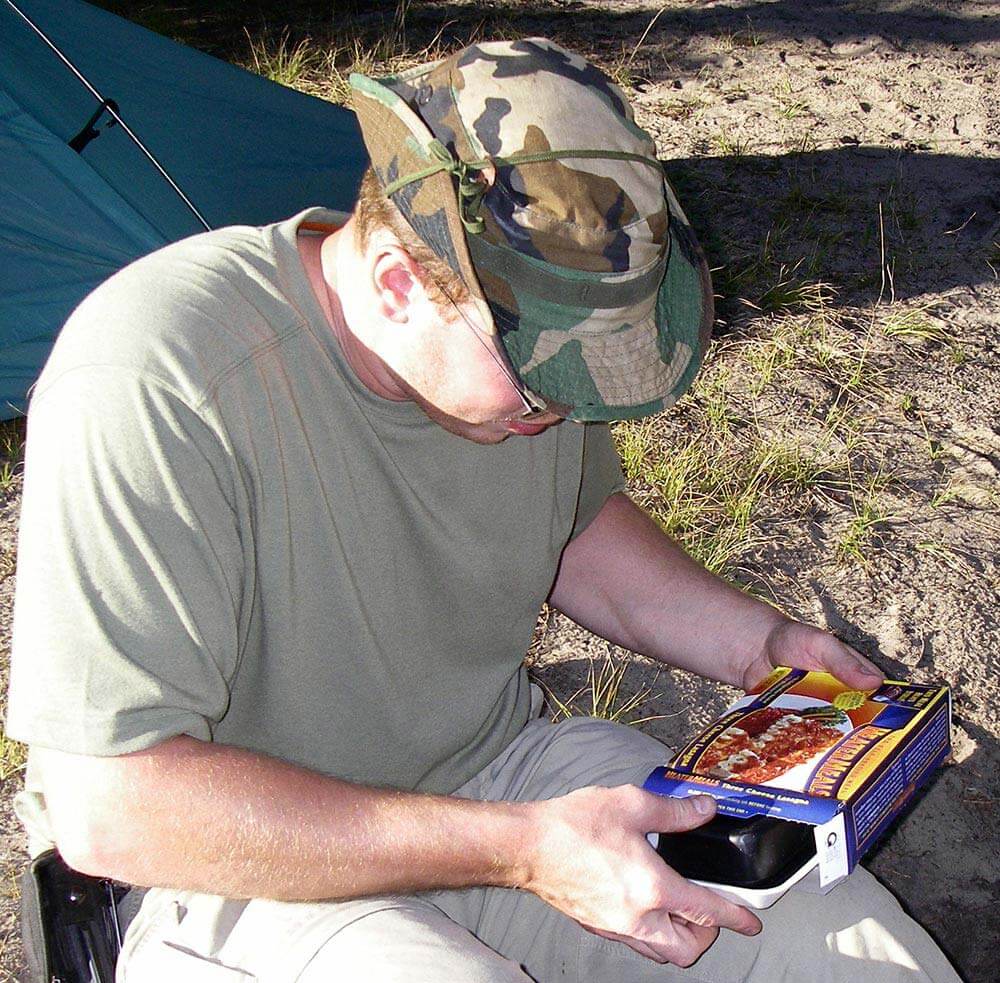
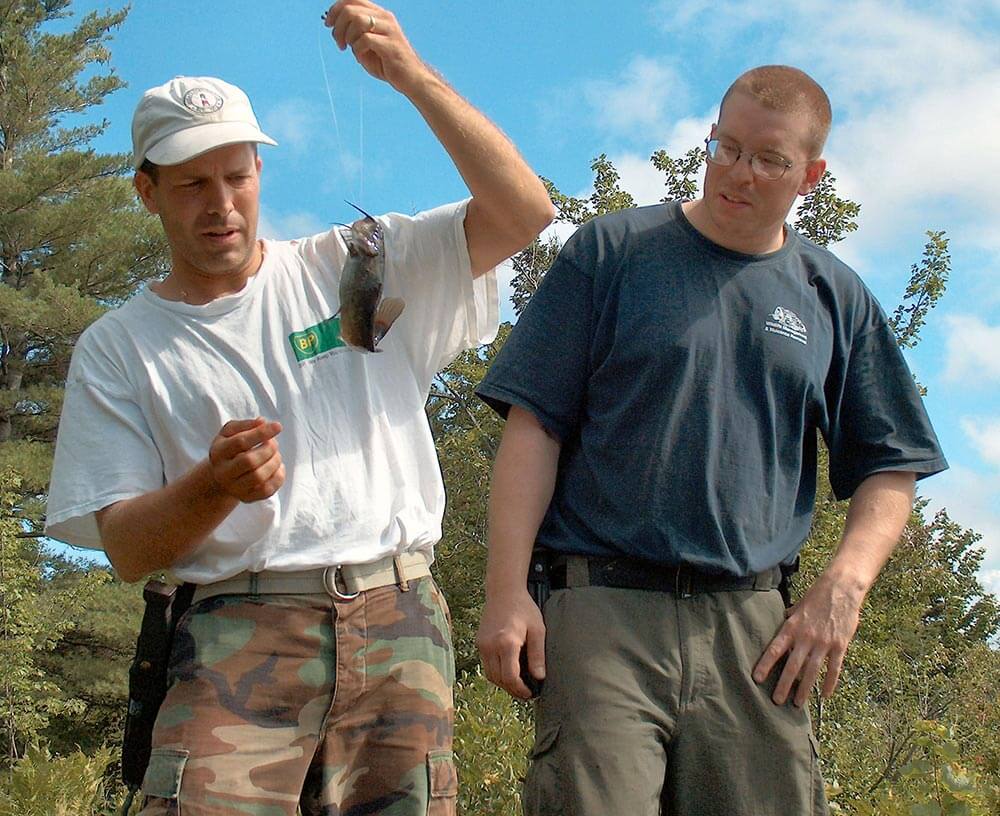
The upside of this hypoglycemia is that it demonstrates how fast wilderness activities burn calories, and energy demands increase as temperature decreases. Backcountry campers I’ve known have typically lost at least two pounds during a single weekend, despite eating as much as they wanted. In my experience, hunters, kayakers, backpackers and other wilderness explorers need count calories only to ensure that there are enough of them.
LEN MCDOUGALL
Len McDougall is the author of a variety of survival and outdoor recreation books, including “The Scouting Guide to Tracking (an Official Boy Scout Handbook),” “The Ultimate SH*T Hits the Fan Survival Guide,” “The Tracker’s Handbook,” “The Edgemaster’s Handbook,” ”The Encyclopedia of Tracks & Scats,” “The Log Cabin: An Adventure in Self Reliance, Individualism, and Cabin Building,” “The Field & Stream Wilderness Survival Handbook,” “The Complete Tracker,” “Practical Outdoor Projects,” “Practical Outdoor Survival,” “The Snowshoe Handbook,” “The Outdoors Almanac,” “Made for the Outdoors” and others.
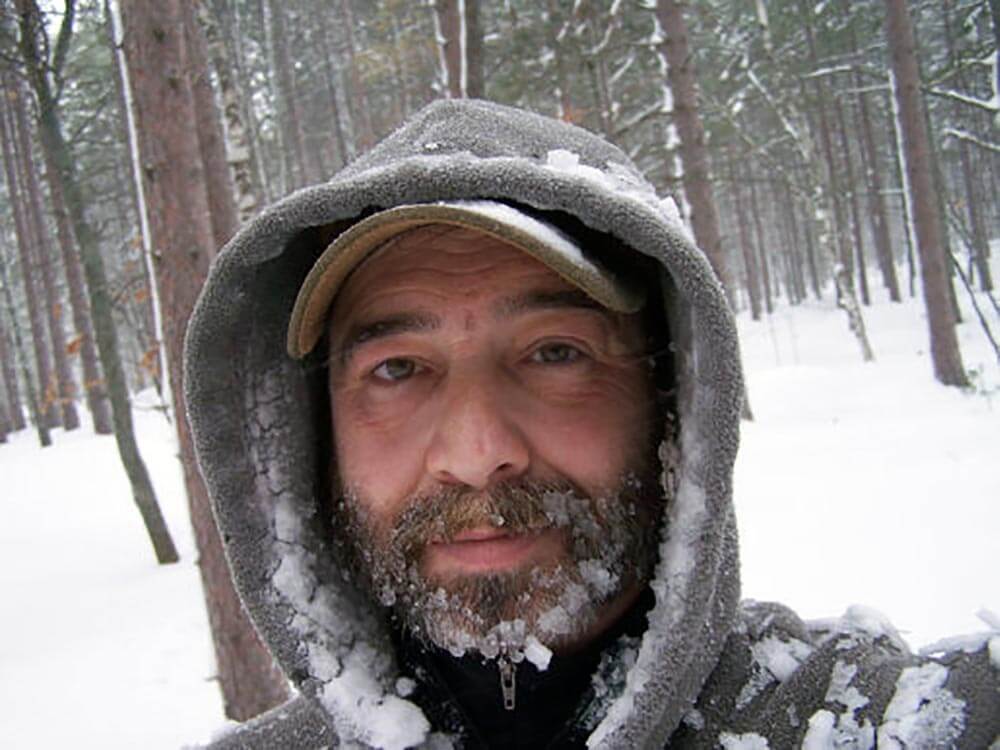
Cheanne Chellis photo

